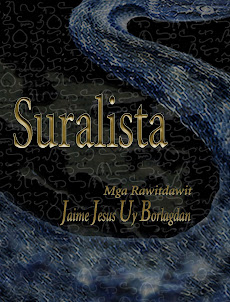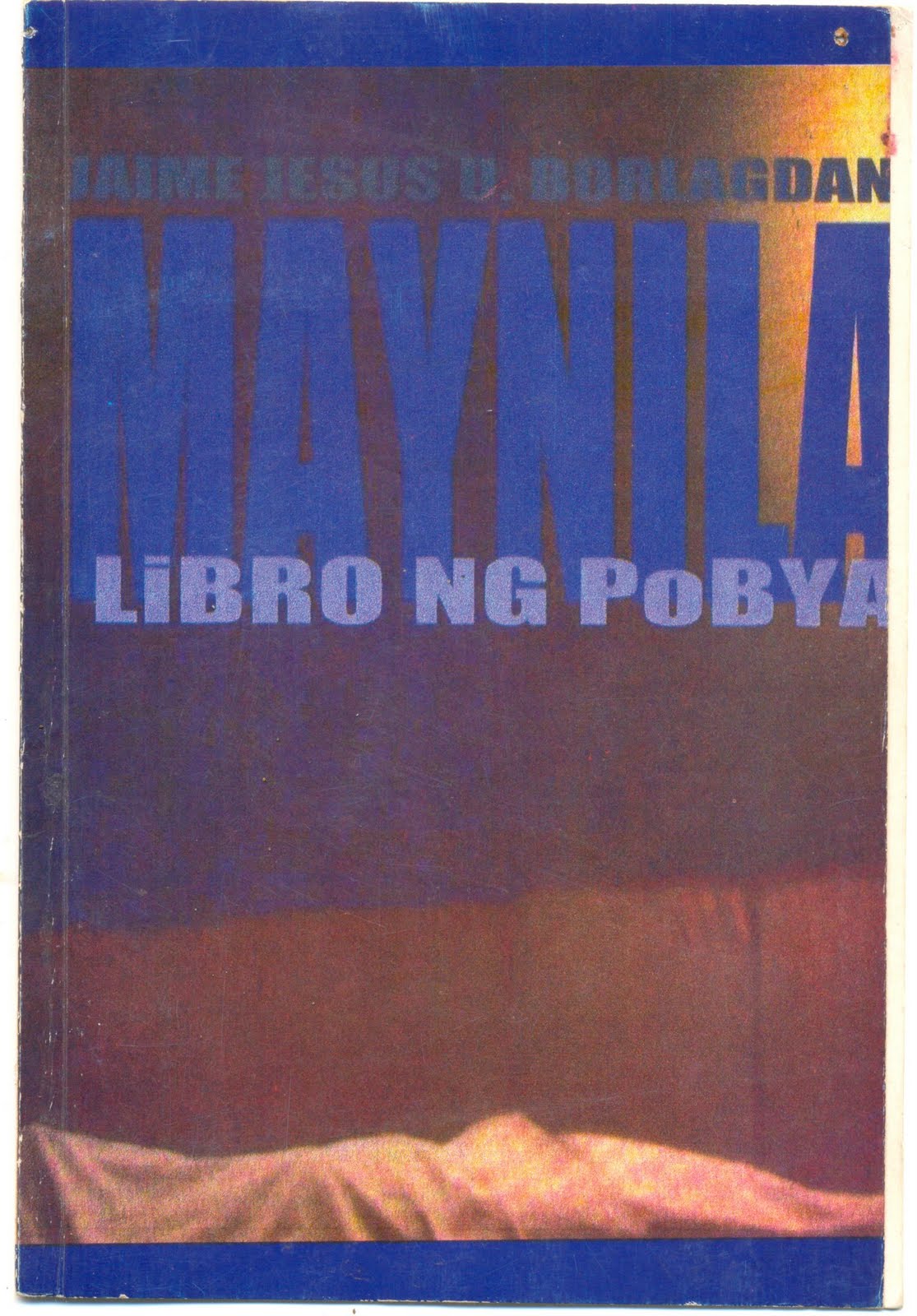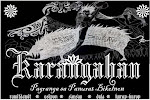Sa Dios Sana
Naglalakaw, ang tawong patal
sa tikong dalan, daing pakiaram.
Pighihibian an minsan na laogan
Dai aram na an laog an daing katapusan.
Piggigibong paraiso kan laman
An dagang ining sa hudyan satuyang babayaan.
Dai ka magsarig sa
igwang kasagkodan ta
sa hudyan dara kaan
dakulang kamunduan.
An gabos na may puon
sierto an pagkatapos
dai man ki minundag
na dai nagadan.
Sa Dios sana
an kaogmahan ta
makukua sa Dios sana
Nitai-Gaur Haribol
Sisay an dudumanan?
Haribol Nitai-Gaur Haribol
Sisay an raranihan?
Nitiyananda, Nityananda
Sisay an dudulukan?
Chaitanya, Chaitanya
Sisay an sasarigan?
Pag-abot kan kagadanan? Sa hudyan.
Sisay an hahagadan sa hudyan
sisay an makakatabang sa hudyan
pag-abot kan kagadanan, sa hudyan?
Kun saro-sarong nawawara an gabos?
Kun saro-sarong nagrarayo an gabos?
Sisay an sasarigan sa hudyan?
Oh, sa Dios sana makukua, an ogma.
Oh, an Dios sana an makakadapa satuya.
Sa satuyang kagadanan, sa hudyan.
Salin: Sa Dios Lamang
Naglalakad, ang taong tanga
sa likong daan, walang paki-alam.
Iniiyakan ang minsan na lalagyan
Di alam na ang loob ang walang katapusan.
Itinuturing na paraiso ng laman
ang lupang itong sa huli'y atin ding iiwan.
Huwag kang kakapit sa
mayroong hangganan
dahil sa huli'y dala niyan
malaking kalungkutan.
Lahat nang may simula
Tiyak na matatapos
wala namang pinanganak
na hindi namatay.
Sa Dios Lamang
makukuha ang ligaya
Sa Dios lamang.
Nitai-Gaur Haribol
sino ang pupuntahan?
Haribol Nitai-Gaur
sino ang lalapitan?
Nityananda, Nityananda
sino ang susuplungan?
Chaitanya, Chaitanya
sino ang kakapitan?
Pagdating ng kamatayan? Sa huli.
Sino ang hihingian sa huli
Sino ang makakatulong sa huli
pagdating ng kamatayan, sa huli?
Kung isa-isang nawawala ang lahat?
Kung isa-isang lumalayo ang lahat?
Sino ang kakapitan sa huli?
Oh, sa Dios lamang, ang saya, makukuha
Oh, ang Dios lamang ang sa ati'y dadapa.
Sa ating kamatayan, sa huli.








0 comments:
Post a Comment